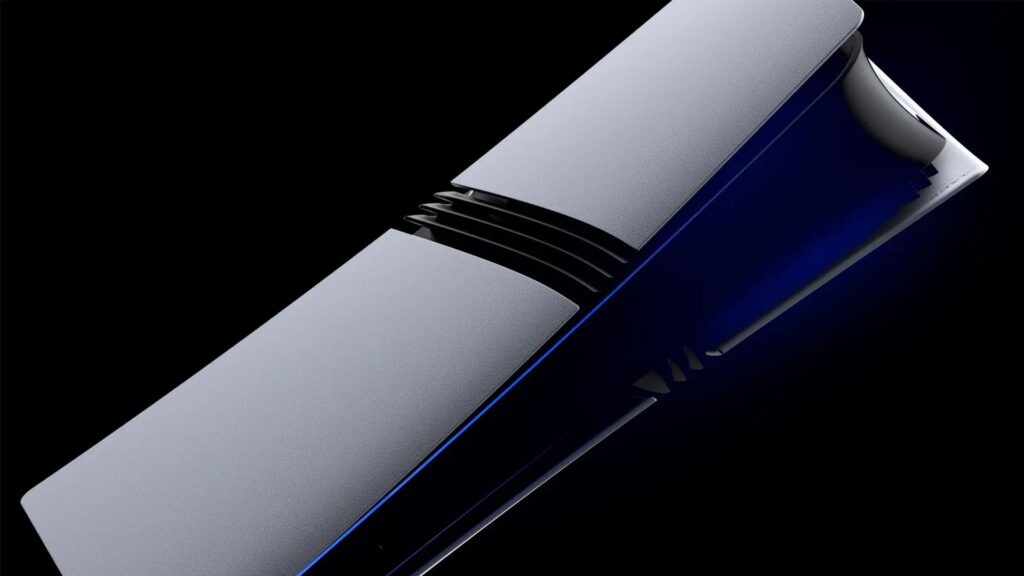While Sony and AMD have quite a few new technologies under the works, with both companies having showcased them during a recent presentation, it looks like the timeline for some of these technologies to be ready for release might be closer than we expected. According to industry leaker KeplerL2 on the NeoGAF forums, Sony has more or less finalised the specifications for its next-generation console – the PlayStation 6.
When asked about, along with rumours that the PS6’s AMD chip – codenamed Orion – will have less horsepower in its CPU than the next-generation Xbox’s Magnus chip, as well as the fact that PlayStation lead architect Mark Cerny noted that new technologies with AMD were in the simulation phase, KeplerL2 responded by saying that “specs are very much finalized.”
For the sake of context, previous rumours have indicated that the AMD Orion APU (accelerated processing unit) powering the PS6 will have a relatively low power draw of around 160 watts, compared to the PS5 Pro’s power draw of between 200 and 240 watts. On the raw performance side of things, the chip will have 8 Zen 6C cores and 2 Zen 6 low-power cores, along with 54 RDNA 5 compute units clocked at between 2.6 and 3 GHz. The 8 total Zen 6C cores in the chip will allow up to 7 to be used completely by game developers, while one will be reserved as a redundancy option.
What this means for performance is that the Orion APU will be capable of between 34 and 40 TFLOPS (trillion floating-point operations per second). The PS5, for comparison’s sake, offers 10.28 TFLOPS, while the PS5 Pro can go all the way up to 16.7 TFLOPS. Memory also will be a notable upgrade over the current-gen consoles, with the PS6 being capable of high-speed transfers of 32 GT/s (gigatransfer persecond) thanks to the 160-bit GDDR7 memory bus, which is capable of hitting transfer speeds of up to 640 GB/s.
The Magnus APU powering the next-generation Xbox, on the other hand, will also feature 8 Zen 6C cores, with 12 MB of L3 cache shared between them. The GPU will feature 68 RDNA5 compute units with 4 shader engines, along with an L2 cache of 24 MB, which is around five times the amount on the Xbox Series X. The memory on the next-gen Xbox will be handled by a 192-bit memory bus, with RAM configurations being either 24 GB, 36 GB or 48 GB.
Previous reports have indicated that the Magnus APU, while being more powerful than the PS6’s Orion APU, the power difference won’t be that radical. The Xbox chip will reportedly be capable of between 30 to 35 percent better performance than the PS6, while also taking up around 70 percent higher power draw.
Recent reports have also indicated that Microsoft has been talking with its partners about targetting a 2027 launch window for its next-generation Xbox. Similarly, Sony is also seemingly planning to launch its PS6 consoles in 2027, barring any potential delays.



